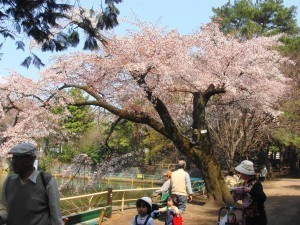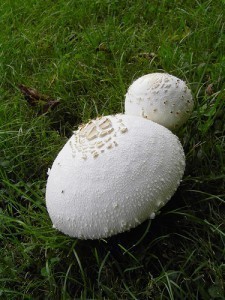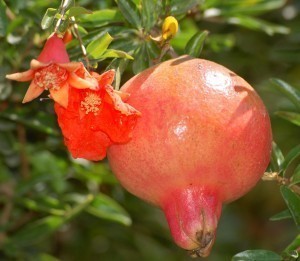Sakura Tree Size
The sakura tree is known for its beautiful flowers called cherry blossoms.  The term ‘sakura’ is Japanese word for Japanese flowering cherry. It is indigenous to various Asian countries like China, Korea and Japan. This tree is classified into different varieties including Prunus sargentii, Prunus speciosa as well as Prunus serrulata. Aside from these interesting facts, it is also good to know the different sizes of sakura trees.
The term ‘sakura’ is Japanese word for Japanese flowering cherry. It is indigenous to various Asian countries like China, Korea and Japan. This tree is classified into different varieties including Prunus sargentii, Prunus speciosa as well as Prunus serrulata. Aside from these interesting facts, it is also good to know the different sizes of sakura trees.
The Sizes of Sakura Trees
The sizes of sakura trees differ depending on the variety. For instance, the Japanese cherry or Prunus serrulata can reach the average height of 8 meters to 12 meters. Each of its leaves can grow as long as 5 to 13 centimeters and as wide as 2.5 to 6.5 centimeters. The average diameter of its fruit is 8 to 10 millimeters.
Another beautiful variety is the Oshima cherry or Prunus speciosa. As a deciduous tree, it can grow as high as 4 to 12 meters. Each leaf can grow up to 5 to 10 centimeters long and 3 to 6 centimeters wide. Meanwhile, the average diameter of its flowers ranges from 2.5 to 4 centimeters. It bears a small black cherry as a fruit, the diameter of which is about 1 centimeter. An 800-year old tree can be found on Oshima Island, the circumference of which is measured at 8 meters.
The Sargent’s cherry or Prunus sargentii is another interesting variant, which grows at an average height of 6.09 to 12.19 meters. Likewise, it has a crown that spreads at an average of 6.09 to 12.19 meters. Each of its leaves can grow as long as 7.62 to 12.7 centimeters.
Additional Facts and Other Interesting Details
Aside from Korea, China and Japan, sakura tree can also grow in many other countries such as the United States, the United Kingdom as well as the Philippines. In Canada, the City of Vancouver in British Columbia features public places like Stanley Park and Queen Elizabeth Park, which are home to beautiful cherry blossom trees. Moreover, you can see a lot of this tree in other notable locations in the country like the University of Toronto, McMaster University and Exhibition Place.
In Germany, this beautiful tree is one of the main tourist attractions, where it grows abundantly in the orchard region called Altes Land. During Japanese rule, this tree was introduced to South Korea. In Japan, this tree is not only famous for its beautiful leaves and flowers. In fact, it is also highly popular for its extensive use in culinary arts. Two of the most notable Japanese dishes that make use of the parts of this tree as key ingredients are the anpan and wagashi.





